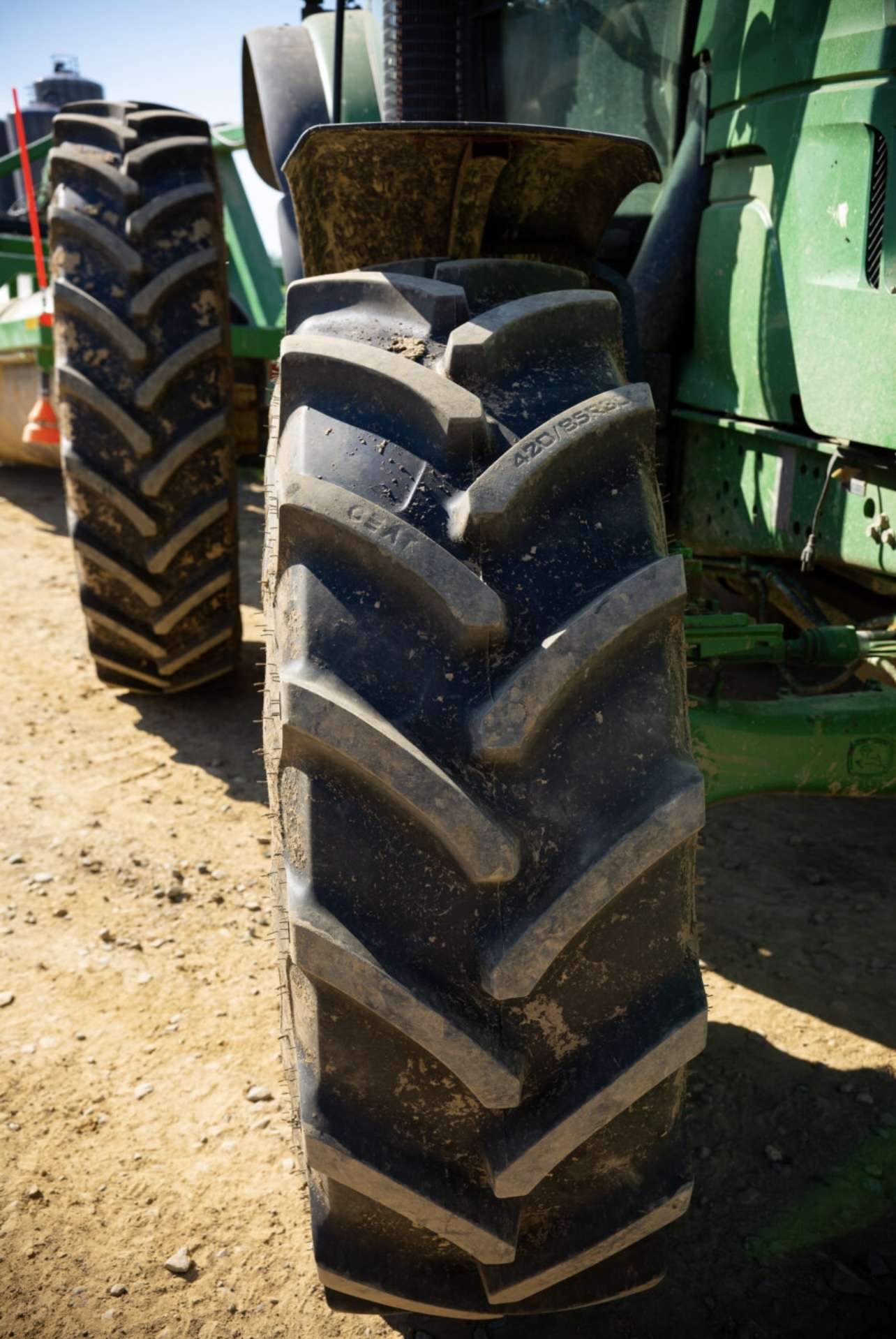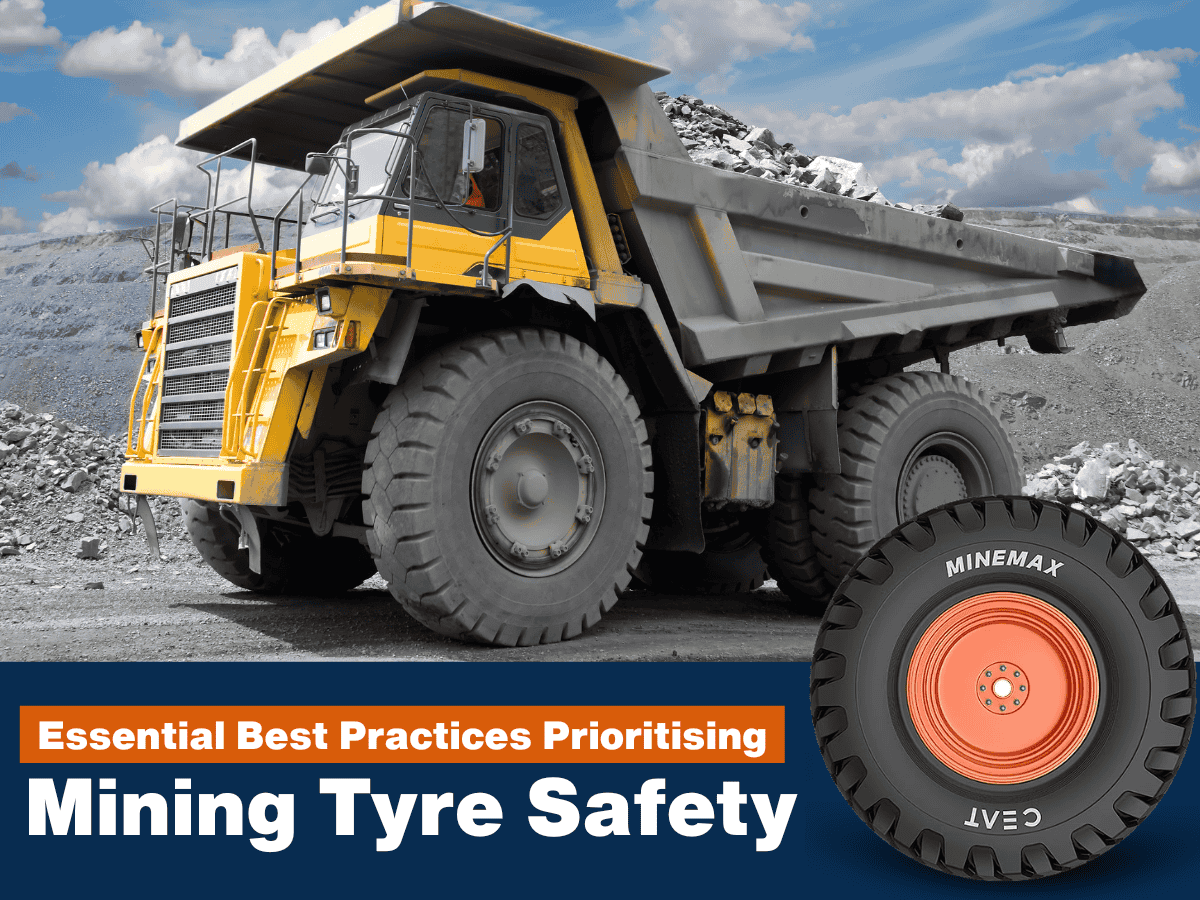ceat-speciality:blogs-tags/all,ceat-speciality:blogs-tags/tyre-care
Worn Tractor Tyres: When Do They Become a Risk?
Fri, 14 Jul 2023 | PRODUCTS
Tractor tyres are the lifeline of farming operations, providing the necessary traction and stability for various agricultural tasks. Over time, however, these farm tractor tyres can become worn and pose a potential risk to the operator and the equipment. Let’s explore the critical factors when evaluating worn tractor tyres and understand when they become a safety hazard.
Tread Depth and Traction:
One of the primary indicators of a worn tractor tyre is the depth of its treads. As tyres wear down, the tread depth decreases, compromising their ability to grip the terrain effectively. Reduced traction can decrease stability, especially in challenging conditions such as wet or muddy fields. Regularly inspecting the tread depth and replacing tyres when they fall below the recommended levels is essential for maintaining optimal performance and safety.
Visible Damage and Cracks:
Apart from tread depth, inspect agricultural tyre for any visible signs of damage or cracks. Prolonged exposure to rough terrains, sharp objects, and excessive loads can cause wear and tear, weakening tyre structures. These damages can result in sudden blowouts or even complete tyre failure, posing significant risks to the operator and nearby equipment. Regular visual inspections can help identify such issues early on and prompt the necessary tyre replacements.
Uneven Wear Patterns:
Uneven wear patterns on farm tyre are a common indication of potential problems. Improper tyre inflation, misalignment, or overloading can contribute to uneven tyre wear. This affects the tractor’s overall performance, increases the likelihood of accidents and decreases fuel efficiency. Monitoring the wear patterns and taking corrective measures, such as realigning the tyres or adjusting inflation pressure, can help prevent further damage and ensure safer operations.
Age and Usage:
While visual inspections and tread depth measurements are essential, the age and usage of tractor tyres are equally critical factors to consider. Over time, even with proper maintenance, tyres naturally degrade due to exposure to the elements, UV radiation, and chemical interactions. Additionally, heavy usage and prolonged storage periods can further deteriorate tyre quality. It’s recommended to establish a regular replacement schedule based on the manufacturer’s guidelines and consult with tyre experts to accurately assess the condition of ageing tyres.
As responsible farmers and equipment operators, it’s crucial to prioritize safety by regularly inspecting tractor tyres and identifying signs of wear and tear. Worn tractor tyres can significantly compromise performance, stability, and, ultimately the safety of your operations. By monitoring tread depth, checking for visible damage, addressing uneven wear patterns, and considering age and usage, you can mitigate risks and ensure the longevity of your tractor tyres. Remember, maintaining optimal tyre condition is about productivity and safeguarding the well-being of yourself and those around you.







































































































































